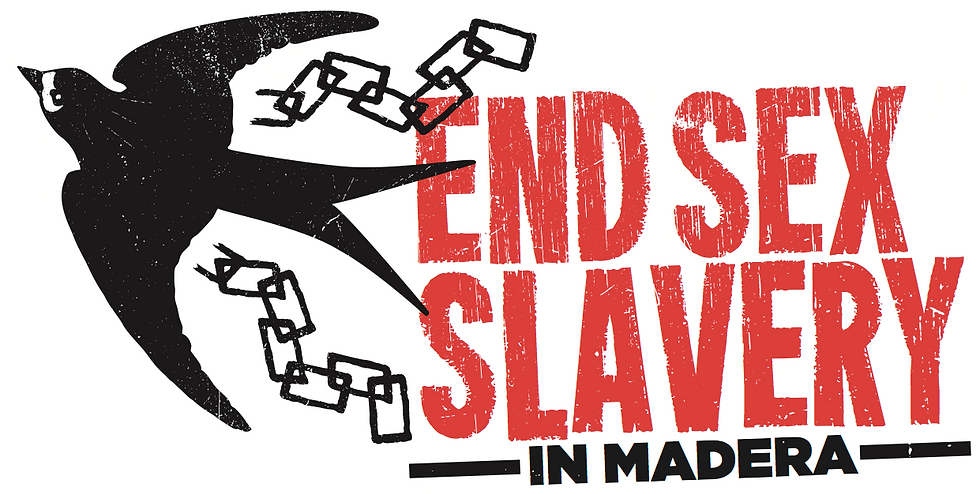Internet brings challenges to human trafficking fight
- D. August Promnitz
- May 12, 2017
- 3 min read

The fight against human trafficking in the Central Valley has been taken to cyberspace as prostitution moves online.
According to Madera Police Sgt. Daniel Foss, the department has been dealing with the sex industry on the Internet, and is facing the challenges Internet-driven prostitution poses.
“It’s made it more difficult for the fact prostitutes used to be contained in one area fairly well,” Foss said, “and if they went outside that area. it was immediately obvious to everybody. Now they’re everywhere.”
The number of postings for sexual solicitation, Foss stated, can range from 400 to 600 in the Fresno-Madera area.
“With the age of the digital media, we traditionally only saw the prostitutes out in the street, but today, every prostitute that you might see working out on the street is also on the Internet,” said Fresno Police Sgt. Curt Chastain. “Not only that, but probably twice, three or four times that amount, is just advertised over the Internet.”
These women, Foss said, operate by an “in-call/out-call” system. In an out-call solicitation, the girl, usually delivered by her pimp, will come to the client; in an in-call solicitation, the client makes the order, and goes to the girl. It’s common during an in-call visit, according to Foss, for the pimp to wait outside for the client to finish, acting as a bouncer during the solicitation.
While Foss has stated that taking prostitution online has removed many of the dangers that come with walking the streets, it has also served to desensitize the clients. The sense of stigma, Foss said, is largely removed from where it normally would be.
“The Internet’s just made it much more convenient,” Foss said, “and much smoother than it used to be.”
“I think it has taken some of the fear out of it, the chance out of it because there’s that fear of the streets,” Chastain said. “Those ‘tracks,’ those ‘blades,’ as they’re called, those areas that those cities have where streetwalkers are on, there’s all the associated crimes with that. There’s the fear of getting robbed, the fear of getting their car stolen.”
According to Chastain, the Internet also poses the challenge of hiding the most vulnerable victims of human trafficking from the public eye.
“Those children — those 14-, 15-year-old victims that we’ve identified … when those girls are out on the street, citizens or police officers see them, and they know that doesn’t look right,” Chastain said. “They know that that’s a juvenile right there, so they call the police and report it.”
Chastain stated that on the Internet, such victims of sex trafficking are able to be hidden by their pimps. They are also able to advertise them as adults. This move makes it more difficult to prosecute the solicitors for statutory rape.
With their challenges, however, law enforcement has found ways to adapt to combat prostitution online, and even use it to their advantage. Posing as sex workers, Chastain said, the police have been able to set up reverse operations by creating their own ads to lure would-be johns in stings.
More importantly, police have also been able to use the Internet to find and rescue trafficking victims through social media and advertisements. Girls from Fresno, for example, are commonly found in Los Angeles and Orange County, and they can alert police there of a runaway or victim from Fresno, and set up a sting operation.
“That’s like the golden ticket to a law enforcement agency,” Chastain said. “We’ve got about six cases being prosecuted right now through the Los Angeles district attorney’s office of just that scenario.”
The Internet can thus, in the case of human trafficking, be both a tool to exploit women and girls, but also an effective means to rescue victims of the sex trade, and can potentially save lives.


























Comments